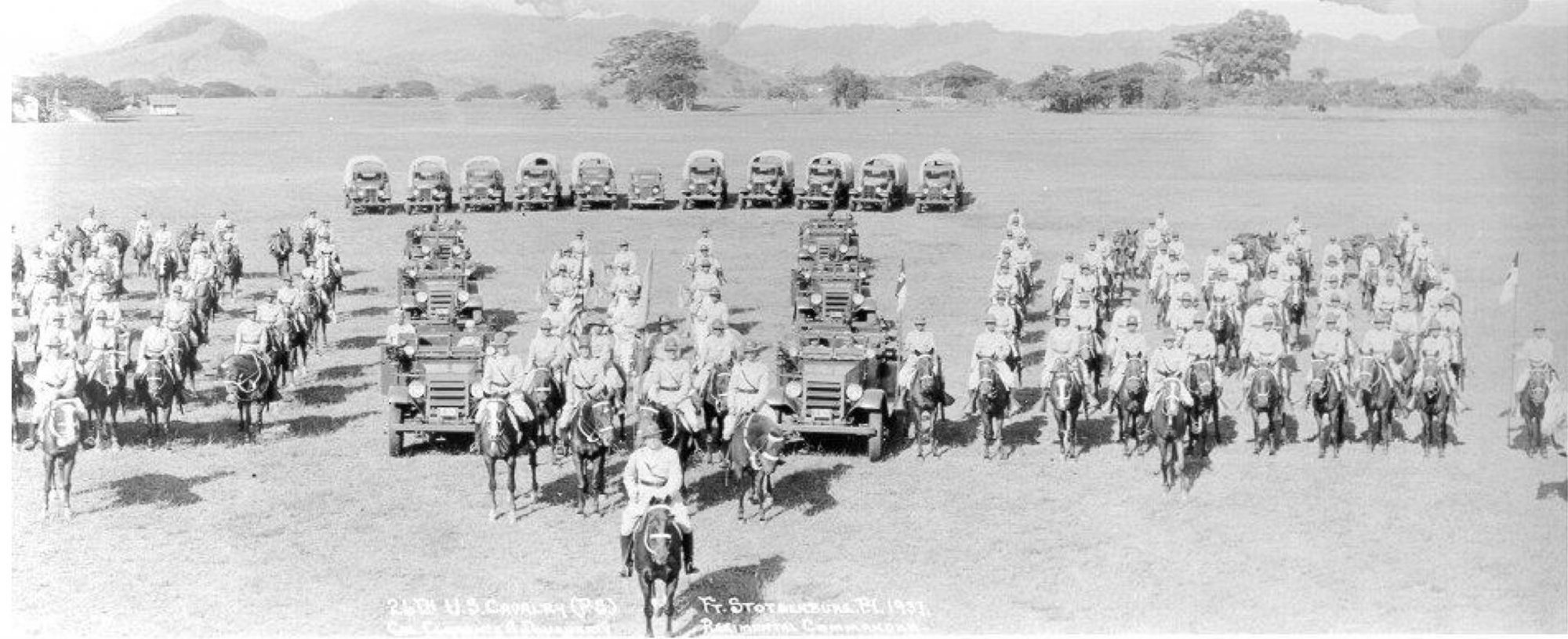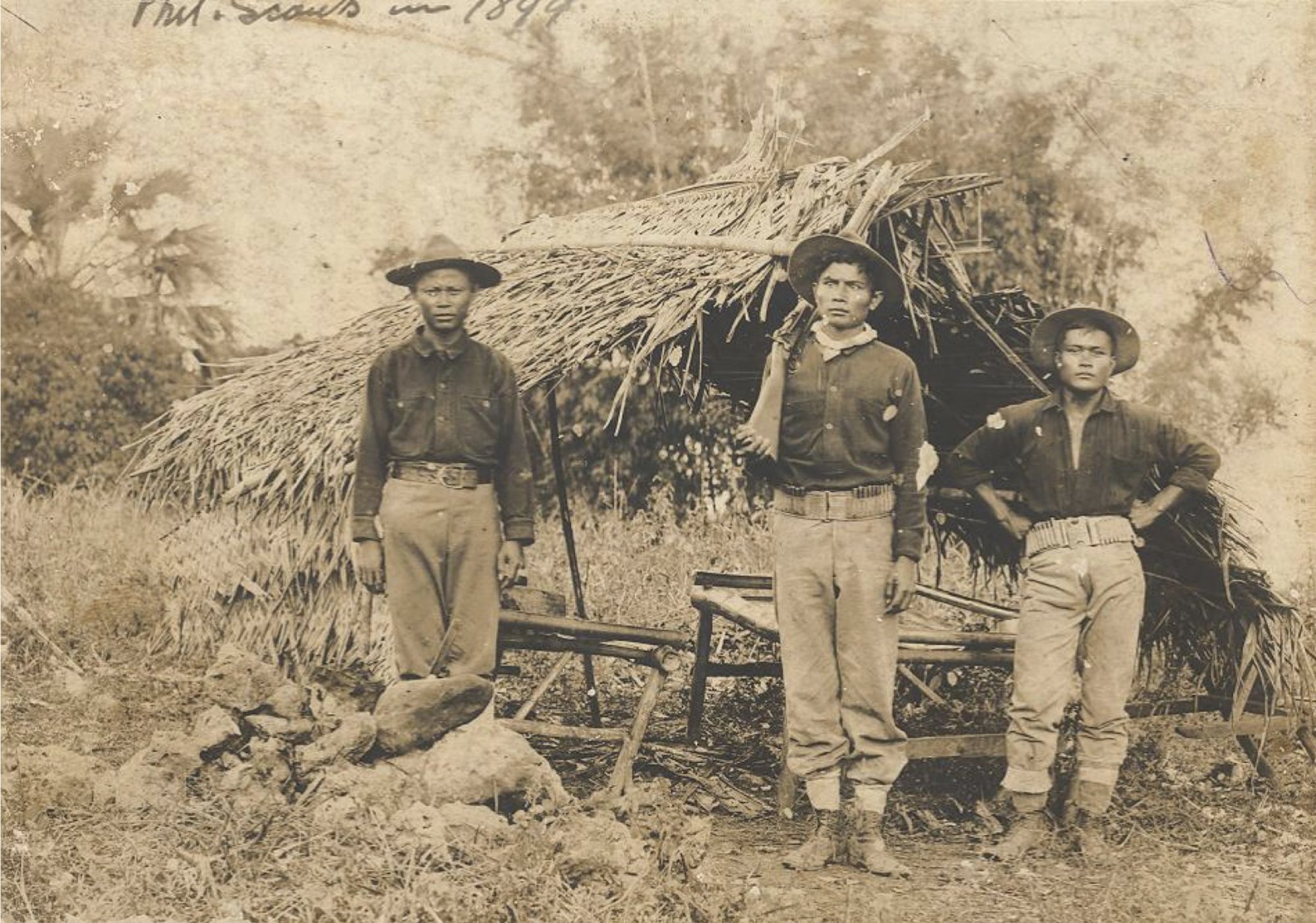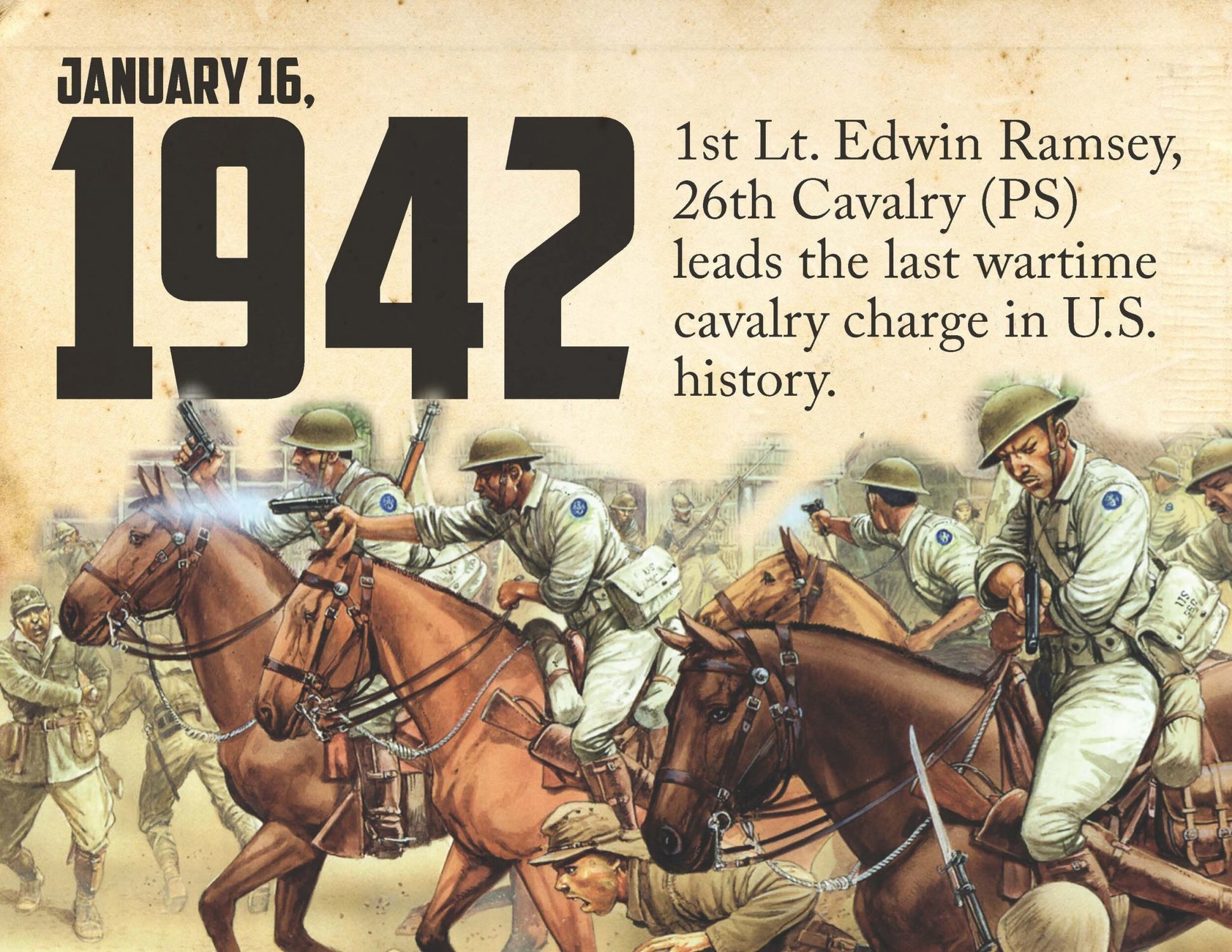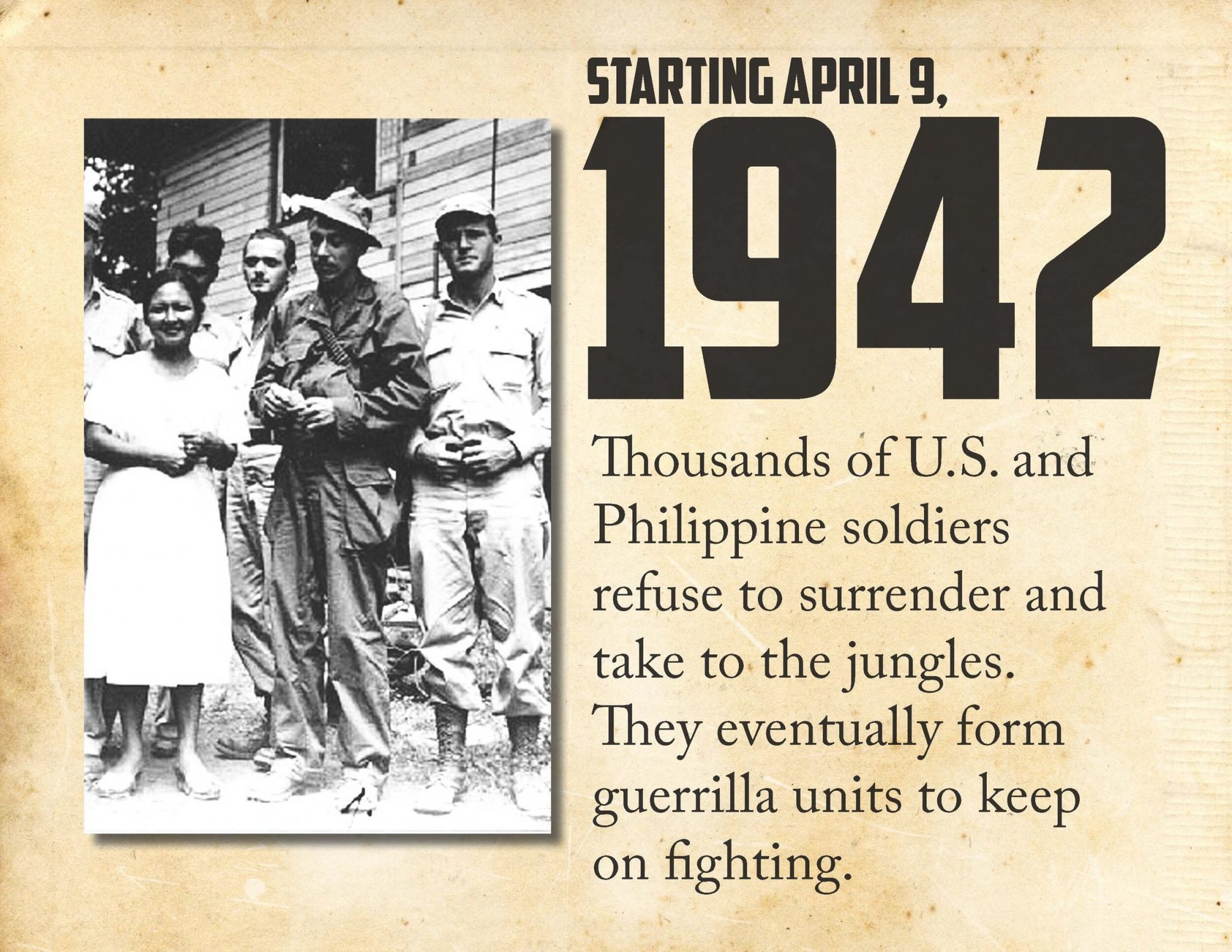The Philippine Scouts: The Forgotten World War II Jungle Fighters Who Made the Army’s Last Cavalry Charge

Part of the 26th Cavalry (Philippine Scouts) with scout cars and horses at Fort Stotsenburg. Photo courtesy of the Philippine Scouts Heritage Society.
On Jan. 16, 1942, 1st Lt. Edwin Ramsay climbed onto the saddle of his horse, signaled to the men around him — all also on horseback — and charged into history. As the commander of the Philippine Scouts, part of the US Army’s 26th Cavalry Regiment, Ramsay led the last successful cavalry charge in Army history and lived to tell about it.
The Philippine Scouts was formed in 1902 to practice unconventional warfare, first against an uprising in the Philippines after the Spanish-American War, and then against the Japanese during World War II.
The US victory in the Spanish-American War in 1898, which forced the Spanish out of the Philippines, led to rebellion inside the country. The initial force of 6,000 Filipinos gained combat experience in 2,800 engagements against the rebellion led by Gen. Emilio Aguinaldo. In the years prior to World War I, two Philippine Scouts were awarded the Medal of Honor: Pvt. Jose Nisperos and 2nd Lt. Louis C. Mosher.
In 1911, Nisperos was severely wounded with a spear fighting in Lapurap, Basilan Island, but repelled an attack by firing his rifle with one hand to prevent his unit from being overrun. He became the first Filipino to be awarded the Medal of Honor. Two years later, at Bagsak Mountain on the Philippine island of Jolo, Mosher volunteered to enter an enemy trench and pulled a wounded comrade out of the fray, saving the soldier’s life.

It wasn’t until after the conclusion of World War I that the Philippine Scouts were officially recognized as part of the US Army. Members of the Phillippine Scouts also were honored at three Olympic Games for their achievements in swimming and track and field between 1928 and 1936. The two Philippine Scouts, Teofilo Yldefonso (200-meter breaststroke) and Miguel S. White (400-meter hurdles), brought home three bronze medals for the Philippines.
In the early days of World War II, before the US entered the war after Pearl Harbor, the US placed US Army and Philippine personnel under the command of the US Army Forces in the Far East. This set the stage for Gen. Douglas MacArthur’s order in late December 1941 for all Luzon forces in the north and south to retreat and defend the Bataan Peninsula. The Japanese landed thousands of soldiers near Manila Bay and, by mid-January 1942, Bataan became a fortification of more than 100,000 troops on the small peninsula. Ramsay, in charge of the Scouts, had 40 days worth of food, ammo, and forage for the horses.
Ramsay came from the Oklahoma Military Academy and joined the Army in 1941. When his curiosity got the best of him, he volunteered for the cavalry and quickly found himself in the Philippines.

As Ramsay recalled in his autobiography Lieutenant Ramsay’s War: From Horse Soldier to Guerrilla Commander (Memories of War), his orders were to lead 27 other cavalrymen on horseback to the strategic coastal village of Morong to delay Japanese forces from marching toward Bataan. “I now knew the coastal road by heart, and despised it,” Ramsey wrote. “It was scarcely more than a jungle track, deep rutted and thick with dry-season dust, a gray powder that irritated the eyes, clogged the nostrils, and coated the throat. The underbrush tangled up closely on either side, so dense that one could not see three feet within it. It was a dark, dangerous place, virtually an invitation to an ambush.”
Ramsay entered the village just as a Japanese advanced guard had crossed a river to reach the village center’s Catholic church, the only stone structure in the vicinity. Gunfire immediately erupted, and the only way for Ramsay’s men to break out against the larger Japanese force, which was supported by tanks, was to order a desperate cavalry charge.
“I brought my arm down and yelled to my men to charge,” Ramsay wrote in his book. “Bent nearly prone across the horses’ necks, we flung ourselves at the Japanese advance, pistols firing full into their startled faces. A few returned fire, but most fled in confusion, some wading back into the river, others running madly for the swamps. To them we must have seemed a vision from another century, wild-eyed horses pounding headlong; cheering, whopping men firing from the saddles.”

Ramsay and his Philippine Scouts held their position in the village for five hours. The cavalry charge and subsequent final stand was short-lived. The collapse of Bataan ended in thousands of Allied soldiers taken prisoner, many forced into the Bataan Death March, while thousands of others crammed aboard nightmarish conditions on ships bound for Japanese POW camps. The Philippine Scouts who escaped joined Ramsay and a band of some 40,000 Filipino irregulars who refused to surrender to the Japanese.
“We made arms out of sawed-off pipes that we used as shotguns,” Ramsay later recalled to the Winston-Salem Journal, according to the LA Times. These fighters also included women. Capt. Nieves Ferndandez, the only female guerrilla commander of the Filipino resistance, had formed “The Gas Pipe Gang,” harassing Japanese troops with gas-pipe weapons and handmade grenades.
The liberation of the Philippines in 1945 saw an end to the fighting in the Pacific during World War II but at the cost of years of brutal jungle warfare and death. Ramsay was only 93 pounds at the end and would receive the Distinguished Service Cross for his heroism. In 1946, Ramsay retired a lieutenant colonel, but Filipino veterans of the Philippine Scouts weren’t so lucky. President Truman signed the First Rescission Act, denying military benefits for Philippine veterans and guerrillas. That same year, the Philippines were given their independence and the Philippine Scouts disbanded in 1953. In 2016, the veterans of the Philippine Scouts were recognized with the Congressional Gold Medal in the US, decades after the US government turned its back on them.

Matt Fratus is a history staff writer for Coffee or Die. He prides himself on uncovering the most fascinating tales of history by sharing them through any means of engaging storytelling. He writes for his micro-blog @LateNightHistory on Instagram, where he shares the story behind the image. He is also the host of the Late Night History podcast. When not writing about history, Matt enjoys volunteering for One More Wave and rooting for Boston sports teams.
BRCC and Bad Moon Print Press team up for an exclusive, limited-edition T-shirt design!
BRCC partners with Team Room Design for an exclusive T-shirt release!
Thirty Seconds Out has partnered with BRCC for an exclusive shirt design invoking the God of Winter.
Lucas O'Hara of Grizzly Forge has teamed up with BRCC for a badass, exclusive Shirt Club T-shirt design featuring his most popular knife and tiomahawk.
Coffee or Die sits down with one of the graphic designers behind Black Rifle Coffee's signature look and vibe.
Biden will award the Medal of Honor to a Vietnam War Army helicopter pilot who risked his life to save a reconnaissance team from almost certain death.
Ever wonder how much Jack Mandaville would f*ck sh*t up if he went back in time? The American Revolution didn't even see him coming.
A nearly 200-year-old West Point time capsule that at first appeared to yield little more than dust contains hidden treasure, the US Military Academy said.












